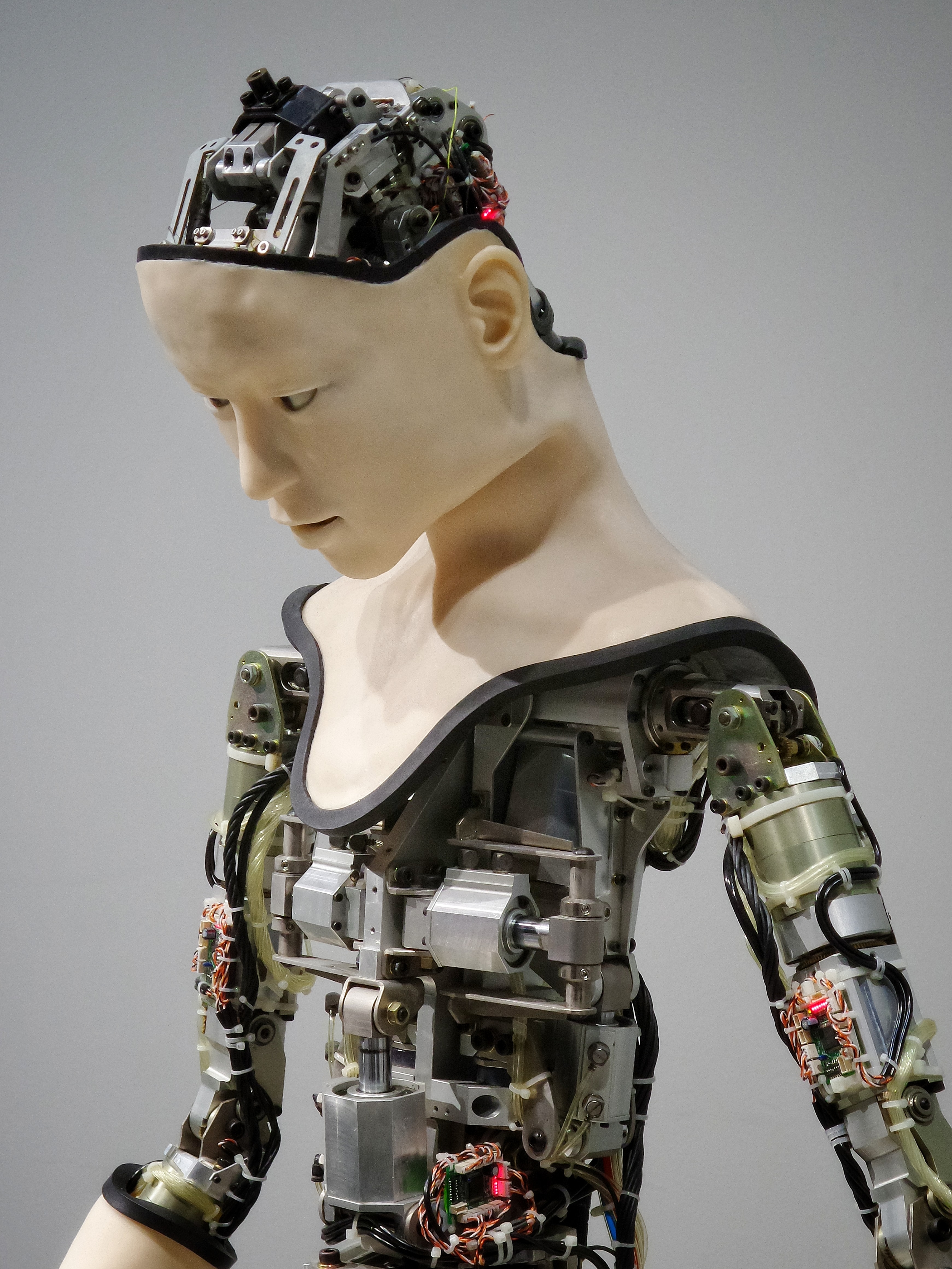

No introduction is required for the words robotics and automation. The robot engineering positions in the business world are already hotcakes. So that the companies, which responded more slowly to the changes created by the introduction of robotics, began to adopt the technology as well. Of course, the demand for skilled robotic engineering professionals has been growing.
The demand for Robotics Engineers shows a rise of 9 percent on the labour market from 2016 to 2020, according to the US Bureau of Labor Statistics. This not only leads to a lack of professional engineers but also to highly competitive wages for robotic engineer jobs.
However, becoming an engineer for robotics isn't a cake. If you're interested in this fascinating future technology, read about the job opportunities available and the responsibilities and tasks of robotic engineers.
Career Options for Robotics Engineers Jobs
Robotics Software Engineer
Robotics software engineers are working to build tools for controlling and automating robots. They work on embedded systems, testing for efficiency and efficiency, maintaining and debugging current software systems. They also take care to ensure that robots are safe to use and reliable, and that buying and maintaining them is cost efficient.
Mechanical Robotics Engineer
In robotic engineering jobs, mechanical engineers are very common. These technicians are responsible for the design and development of robots such as sensors. In the testing and maintenance of robots, mechanical engineers often play an important role until they are ready for use.
Automation Engineer
An automated solution is given by Automation Engineers. They define automation possibilities, build and evaluate solutions and collaborate with different stakeholders to see how automation can help increase efficiency and workflows.
Computer Vision Engineer
In image processing and machine learning, a computer vision engineer needs to be qualified. The engineers are in charge of designing the robot operating algorithms. They also improve the technology to assist the robots in their stable operation.